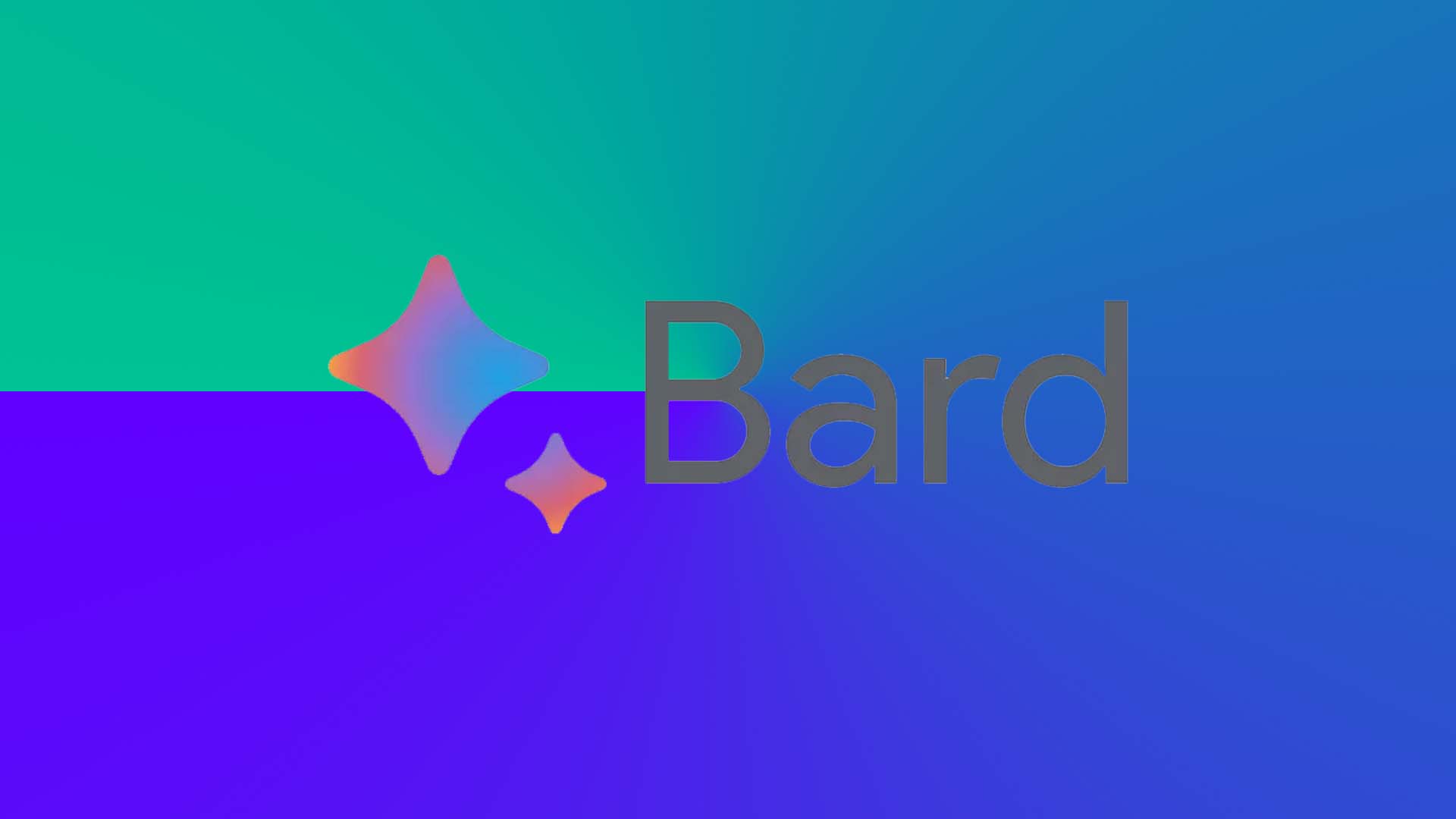Considering the current popularity of image generation, the recent update to Google Bard incorporating AI image generation feels almost inevitable.
To use the tool, you simply input a few words in the search bar, commencing with English prompts. Click ‘Generate more’ for additional options and download your preferred images. These creations are stored in pinned chats, recent chats, and Bard Activity, removable by deleting the generating prompt.
Powered by the updated Imagen 2 model, Bard’s image generation balances speed and quality, delivering globally accessible photorealistic images, excluding the European Economic Area (EEA), Switzerland, and the UK. Restricted to those 18 and above, Google’s method of enforcing age restrictions remains unclear.
For accountability, Bard utilizes SynthID to embed digitally identifiable watermarks, distinguishing AI-generated images from human creations. This likely prevents commercial misuse of generated images, avoiding legal complications.
Google asserts its commitment to filtering out violent, offensive, or sexual content from training data and applying measures to prevent named individuals from being involved in image generation.
The update also enhances Bard with Gemini Pro, making it more adept at understanding, summarizing, reasoning, brainstorming, writing, and planning. This AI upgrade likely enables Google to provide the free image generator tool and support.

Google Bard asserts dominance, gradually replacing its predecessor, Google Assistant, and evolving beyond its initial role as a response to Apple’s Siri. Notably, the greeting pop-up for devices shifted from ‘I’m Assistant with Bard’ to the concise ‘I’m Bard.’
In the upcoming weeks, Google plans to eliminate 17 features from Assistant, such as voice-commanded audiobook playback on Google Play Books and inquiries about contacts. The official announcement suggests further feature removals on the horizon.

Leave a Reply